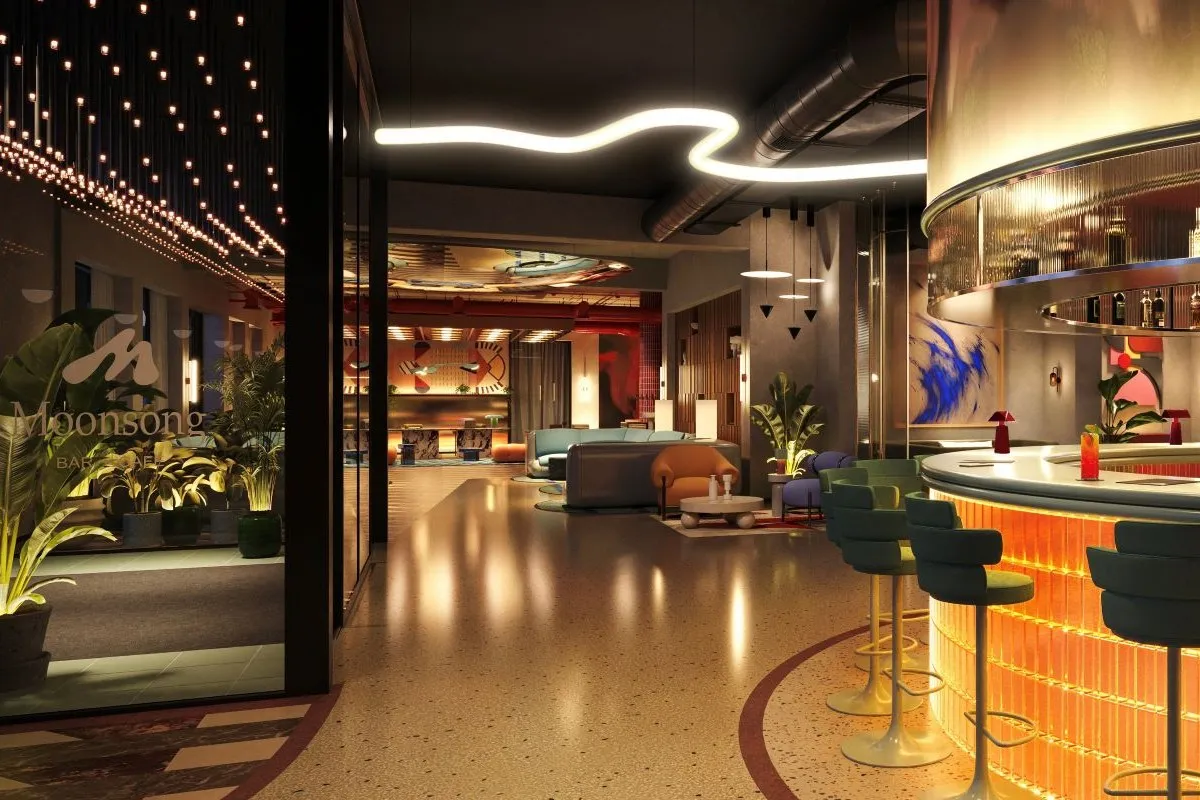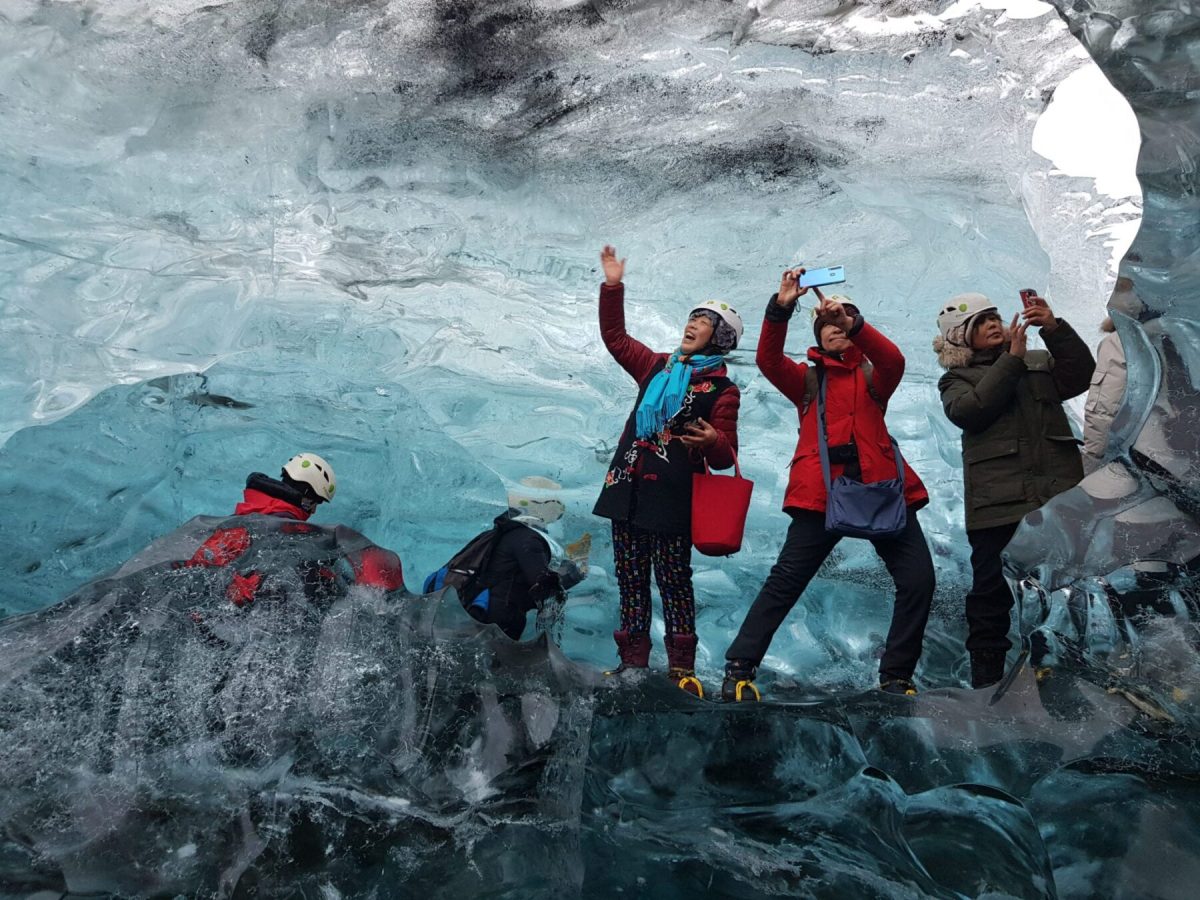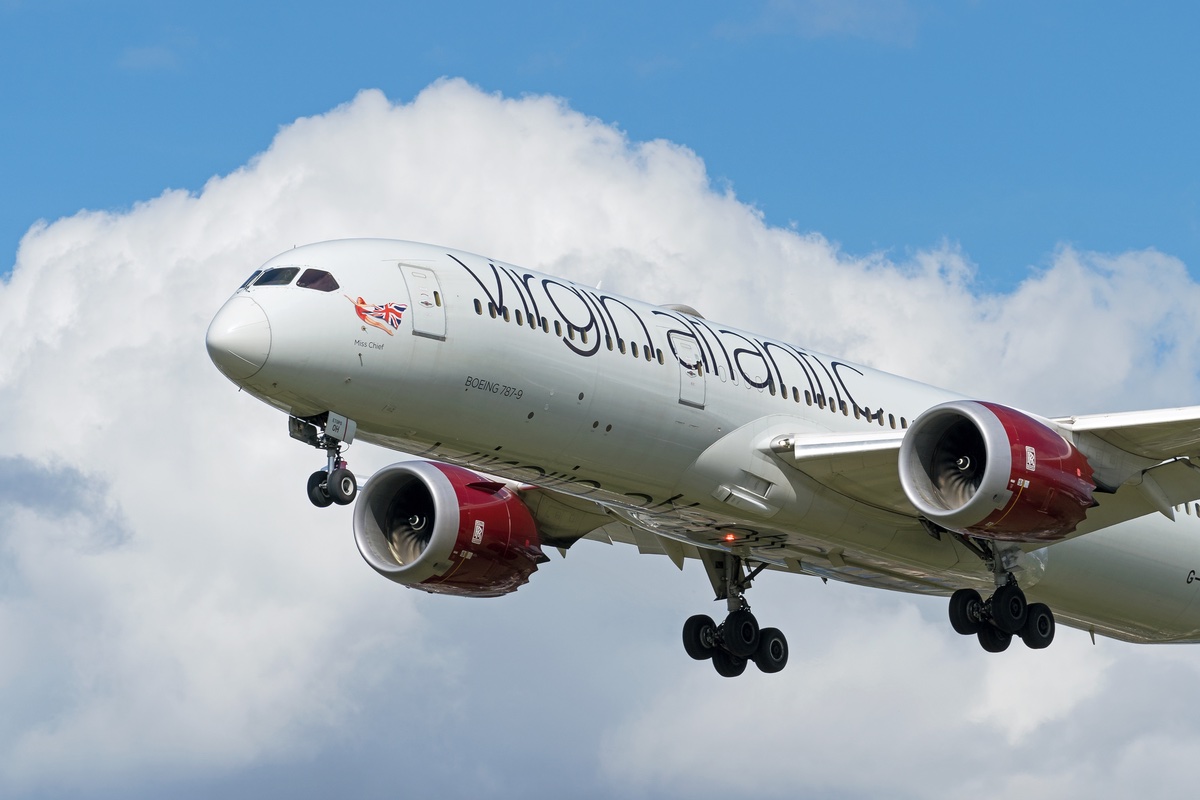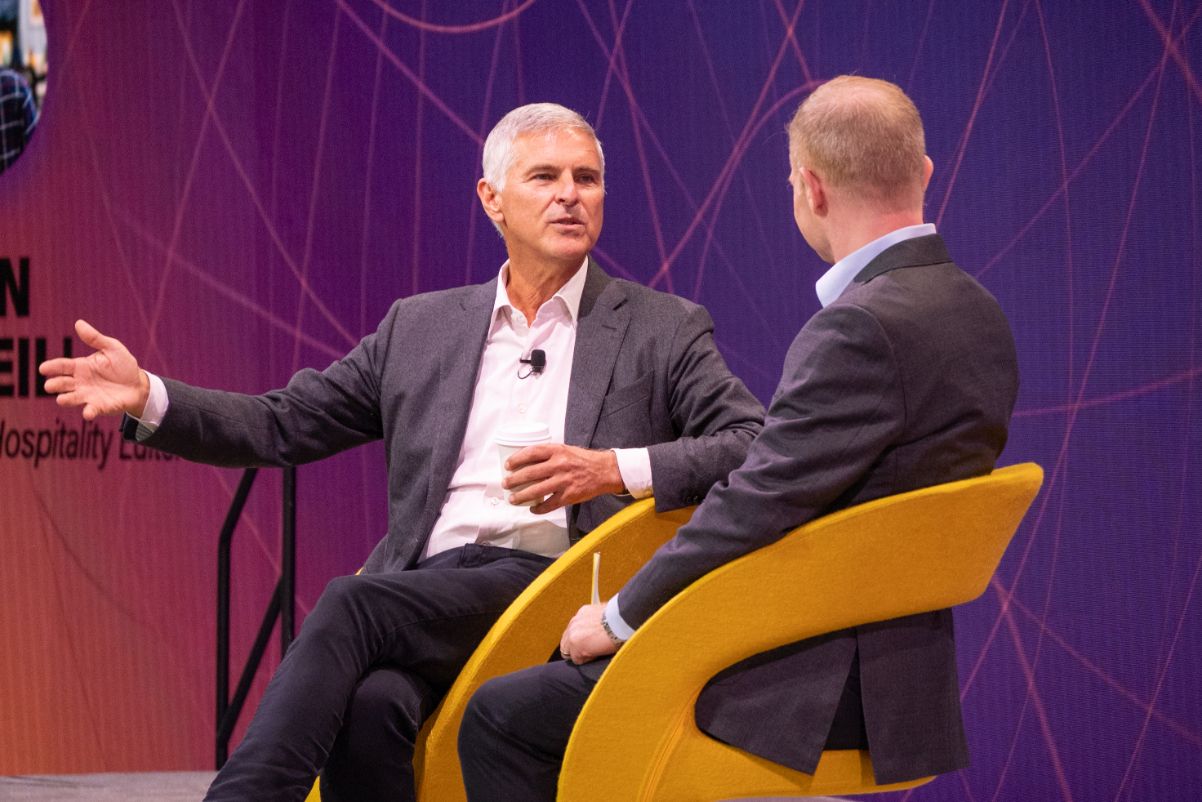For Hotel CEOs, Understanding the Magic Behind Branding Has Never Been More Crucial

Skift Take
Last week, many of the big players in hospitality converged in New York City to make huge investment deals and hobnob with their colleagues. And when companies weren’t focused on cutting deals, their CEOs were talking about a lot of things — the Zika virus, terrorism, Airbnb, the rise of nationalism, and the TSA, to name a few.
But one thing that seemed to be top of mind for nearly all CEOs was this: branding. At a time when hotel companies are buying each other for millions (or billions as is the case with Marriott’s pending acquisition of Starwood), and others, like Wyndham, are engaging in massive global branding efforts, one thing is for sure: There are a lot of hotel brands out there, all of which are competing for guests.
And the number of brands seems to be growing. Last week, Trump Hotels announced that it would soon debut a brand-new, as-yet un-named lifestyle hotel brand that, rather tellingly, will not bear the Trump name. When Marriott’s Starwood deal closes, it will own a total of 30 different brands alone. Earlier this year, Hyatt announced the debut of a new soft-brand collection, Unbound Collection, ostensibly to house even more brands within its distribution system. It’s just one of many soft-brand collections that allows independent hotels to have access to a bigger brand’s distribution system by paying, more or less, the same franchise fees, but without having to change their brand name or adhere to as many strict brand standards.
“Admittedly — and I’m an industry specialist who knows a lot about branding and hotel brands —even I get confused by the sheer number of hotel brands out there,” said Gray Shealy, executive director for Georgetown’s Hospitality Management master’s program and a former global design director for W Hotels. Shealy also teaches a course at Georgetown University called “Hospitality Brand Innovation, Experience Design, and Management.”
Shealy personally spearheaded the inclusion of a course in Georgetown University’s Hospitality Management master’s program that would address hospitality branding because, as he said, “This is where the future of hospitality is headed. Branding is where it all comes together.”
Why There Are So Many Brands Now, and Why They Matter
Because today’s hotel companies increasingly own fewer and fewer assets and have essentially become brand management companies, Shealy said, “The challenge for hospitality companies is in maintaining the value of their brands and establishing this engagement, this emotional connection to their customers.”
Shealy said that the reason for so many brands is that the business of branding calls for it — it demands for the existence of different brands to appeal to different tribes of people. “Ostensibly, there’s a brand out there for literally every one and every lifestyle,” he said.
For hotel CEOs, brands are crucial to the business, and the best brands are the ones that are most profitable.
Speaking on a panel at the NYU International Hospitality Industry Investment Conference on June 7, Wyndham Hotel Group CEO Geoff Ballotti said, “Brands have never mattered more. What are our brands constituting? The extent of our share of occupancy contributed to our owners continues to rise … it’s going in the direction we wanted to go. It’s helping our owners grow their market share. Those two metrics are what we focus on in good times.”
David Kong, CEO of Best Western Hotels & Resorts, whose company underwent a big rebranding last year, added, “Why do a lot of people like Coca-Cola? Why do people go out of their way to by it? That’s the value of a brand. People go out of their way to get it.” He said that the most important thing that he and his company can do for its hotel owners is to help them make even more money “by cranking up our revenue engines and helping our brands to be more successful. It’s our duty of care to the customer. It’s sales and marketing. All of those things are measurements of our success.”
There are a variety of ways in which hotels are approaching their branding strategies. One of the most popular, these days, is going out and buying or acquiring a lot of brands, as is the case with Marriott buying Starwood, Accor buying Fairmont, Raffles, and Swissotel, and so on, or creating what Hilton CEO Christopher Nassetta likes to describe as having scale to create “a network effect.”
For these bigger companies, having that scale and sheer number of brands, plays into their direct booking pushes. For these brands, their main objective is to get customers to think first of their branded websites they need to book a hotel room, instead of going to an Expedia or Priceline. The more brands Marriott, Hilton, InterContinental Hotels Group (IHG), Accor, and so on can have all on their own respective sites, the more like a Booking.com they can be for their customers. Likewise, the more money they can make for their owners with direct bookings, and likewise, theoretically, the more powerful their respective loyalty programs can become.
And then there are other brands, like the Four Seasons, which has only one brand and no loyalty program, for example. It is trying to differentiate itself through branded experiences and personalized levels of service.
“The direct booking strategy taking place at multi-brand level, and I understand why they are doing it, we can’t do that,” said J. Allen Smith, Four Seasons Hotels & Resorts CEO. “We can’t play that. We can’t play the same distribution game — so what can we play? The things that have made us successful — personalized service and everything that represents and intense focus on being a good partner for our owners.”
From the CEOs’ perspectives, the true value of a brand isn’t measured, necessarily, by the guest. It’s measured by the investments of the hotel owners who choose whether or not to fly those flags, or buy into those soft-brand collections.
IHG CEO for the Americas, Elie Maalouf, said, “The value of brand is really how are owners voting with their money. Brands have grown at over 75% over non-brand hotels over the last four years. They are voting with their money; that’s something they are very good at doing. The threshold that you need to do today to be successful has gotten to be higher. It falls on brands to do it. And there are different strategies to do it. But owners are wise to that and they are voting with a brand at a much higher rate.”
Why The Brands We Have Are Retooling Themselves
So, why does it seem like so many brands are reinventing themselves? Wyndham is embarking on a massive repositioning of all 16 of its brands. Best Western reinvented itself last year from Best Western International to Best Western Hotels & Resorts. IHG recently announced it was investing $200 million to reinvent Crowne Plaza in the Americas. Warwick Hotels International, a smaller chain with 55 hotels worldwide, also announced plans to update its brand last week. Motel 6 also repositioned its brand a few years ago, and saw its revenues rise as a results.
It’s also about differentiation, and staying top of mind with consumers. “Because there are so many brands out there, it’s crucial for hotel companies to try to differentiate their brands from the others,” said Shealy.
He gave, as an example, his experience with working on the rebranding of W Hotels in 2008. “It had been 10 years since the brand was launched and some of the properties were starting to look a bit outdated, and the brand was also trying to expand to other regions in Europe and Asia,” Shealy explained. “So we needed to find a way to rebrand the existing properties, but also apply this new branding to the hotels that were about to open.”
Rebranding is also one of the primary strategies by which a brand can engender customer loyalty. “One of our primary educational thrusts is largely about building brands and selling brands, and the value of marketing and branding in terms of customer loyalty,” Shealy said. “Because the Marriotts and Starwoods of today are basically turning into giant loyalty programs.”
Shealy was also quick to emphasize that this brand building, or repositioning, extends far beyond an updated logo or company name. It has to do with every touchpoint, not just from a physical design standpoint but also from a digital, sales, and marketing perspective, too.
The Potential Power of Good Branding
So, how do you get your brand to be more than just a brand? How does a brand go from tissue to Kleenex, from soda to Coke, or from car service to Uber?
Shealy said that one of the most important things to note about branding is this: different audiences appreciate different things. North American consumers may not respond to a rebranding the same way as consumers in China, for example.
Shealy brought up the example of Louis Vuitton for example. “Here in the U.S., you might surmise, because of the recession, there’s been this movement here where ostentatious, overly ornate, overly logoed apparel and accessories are not as desirable anymore,” he said. “But in Asia, that sort of gaudy, very aggressive use of logos and design is still very much appreciated, and Louis Vuitton’s brand value abroad is much stronger than it is right now in the U.S.”
He also mentioned the challenges facing Starwood’s Sheraton, which last year launched a comprehensive plan to reinvigorate the brand, called Sheraton 2020. “The problem Sheraton was having was that the consistency of the properties, especially here in the U.S., was not consistent. The experiences just weren’t aligned and that’s why Sheraton 2020 was launched,” Shealy said. “But then you look at Sheraton in Asia and it’s one of the most recognizable, powerful hotel brands out there.”
He said that when the Marriott acquisition of Starwood was first announced, he initially assumed Marriott would get rid of the Sheraton brand eventually. Now, however, he doesn’t think that’s likely to happen. “It’s just too powerful a brand in that region,” Shealy said. That, essentially, is the power of a brand, even one that’s struggled in recent years.
When asked for his thoughts about Wyndham’s new plan for each of its 16 brands, many of which are legacy brands, Shealy said that he was keen to see how their new branding would work, and expressed that Wyndham was, in some ways, in an enviable position.
“They have all of these great legacy brands to work with, like Howard Johnson, for example,” he said. “Now that’s a brand that has different customer perceptions in Asia versus the U.S., too. But think of what Wyndham can do with brands like these. You might argue, in some sense, that what these legacy brands are delivering is true authenticity.”
Authenticity, that beloved marketing buzzword from nearly every hotelier in the industry, is something all brands are striving for — some more successfully than others. Ultimately, brands that can encapsulate it, Shealy said, will be the brands with the most lasting power, and most success going forward.
“Trust and authenticity — that’s at the core of what every good brand should have,” he said.




